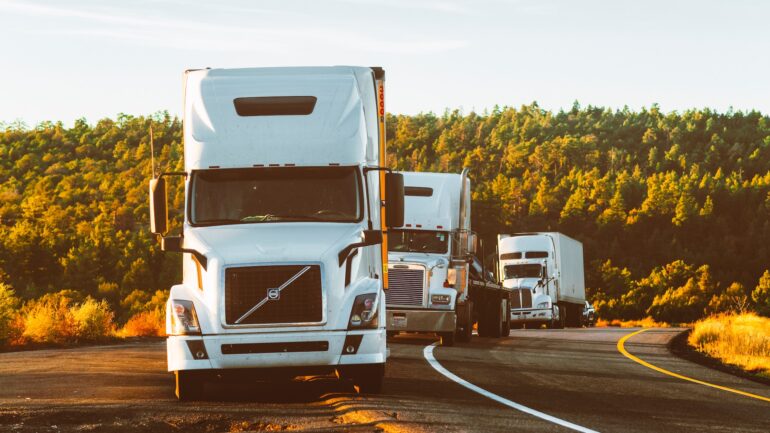Automated cold storage transport improves worker safety and streamlines processes. It uses automatic handling equipment such as pallet cranes, miniload cranes, and conveyors to move goods through the warehouse. As a result, conveyors minimize human error and increase the speed and accuracy of goods flows. In some cases, automated cold storage transport includes a pallet shuttle that works with a forklift or stacker crane.
Automated cold storage transport systems can be fully automated to improve the efficiency and security of cold storage operations. They can even control movement between processes and between different types of storage. The automated vehicles can be configured to handle as many as four units simultaneously. Because they are fully automatic, they can ensure process consistency and maintain a consistent cold chain.
Automated cold storage transport solutions are an excellent solution for complex storage providers. Combined with efficient racking systems, these systems can increase throughput and storage density. Moreover, these automated cold storage transport solutions can link the production to the warehouse.
Increased flexibility
Increasing flexibility in cold storage transport has many advantages. For one, it allows the storage of more agricultural commodities. Secondly, it reduces constraints on luxury products. Thirdly, it increases safety. Lastly, automation can decrease the risk of human error by automating temperature monitoring and recording. All these benefits help companies improve the efficiency and productivity of cold storage transport.
However, increased flexibility isn’t enough for every commodity market. While some commodities can store their products on the open sea, the costs are prohibitive. The oil industry, for example, has tried to keep its products this way. Traders have chartered vessels for floating storage, but this is expensive.
As a result, investors are increasingly interested in cold storage. However, most investors are focused on industrial-grade properties with long leases and strong tenants. With an increased demand for industrial storage, overall industrial rental rates are near record highs. However, yield margins for cold storage have shrunk considerably in recent years. Still, they represent a competitive premium over dry industrial warehouses with similar credit profiles.
Reduced cost
Cold storage transport can be costly. Even a tiny deviation in temperature during transit can damage perishable goods and reduce their shelf life. Real-time monitoring is essential to prevent shipments from spoiling. By detecting temperature excursions, temperature-sensitive cargo can be repackaged and rerouted to alternate markets. It is important to remember that temperature excursions can occur during transit for several reasons, including leaving refrigerator doors open for extended periods or rough handling.
Investing in cold storage infrastructure can also help reduce costs. Upgrading facilities can reduce energy loss by up to 12 percent. This can help save money on energy bills and extend the life of your equipment. In addition, investing in more energy-efficient cold storage options can help your company fulfill sustainability pledges.
Cold storage infrastructure is a critical part of a supply chain. It has historically relied on ports to receive and transport temperature-controlled containers, which are then moved to a facility nearer the end consumer. Integrating cold storage into your supply chain can improve efficiency and reduce transportation costs.
Greater safety
Cold storage transport is an integral part of the cold chain. In an uncontrolled environment, the temperature of stored products can reach dangerous levels. While this isn’t necessarily a threat to human health, it can be problematic for businesses. This is why it is essential to implement the best safety practices possible, including fire-extinguishing measures. A few easy steps can go a long way toward ensuring the safety of your products.
Temperature monitoring is also an essential aspect of cold storage transport. Foods exposed to extreme temperatures can spoil faster and cause significant health risks. Increasingly, cold logistics chains require documentation of monitored temperatures. When this is not done, the entire chain can be compromised, exposing consumers to health risks and reducing brand value.
Vaccines are one example of temperature-sensitive products that require high levels of safety. This is because they must be stored at a specific temperature and transported in insulated containers that keep out the extreme temperatures of the outside world. In addition, the CDC requires that vaccine storage units have a digital data logger to ensure the accuracy of stored temperatures.





